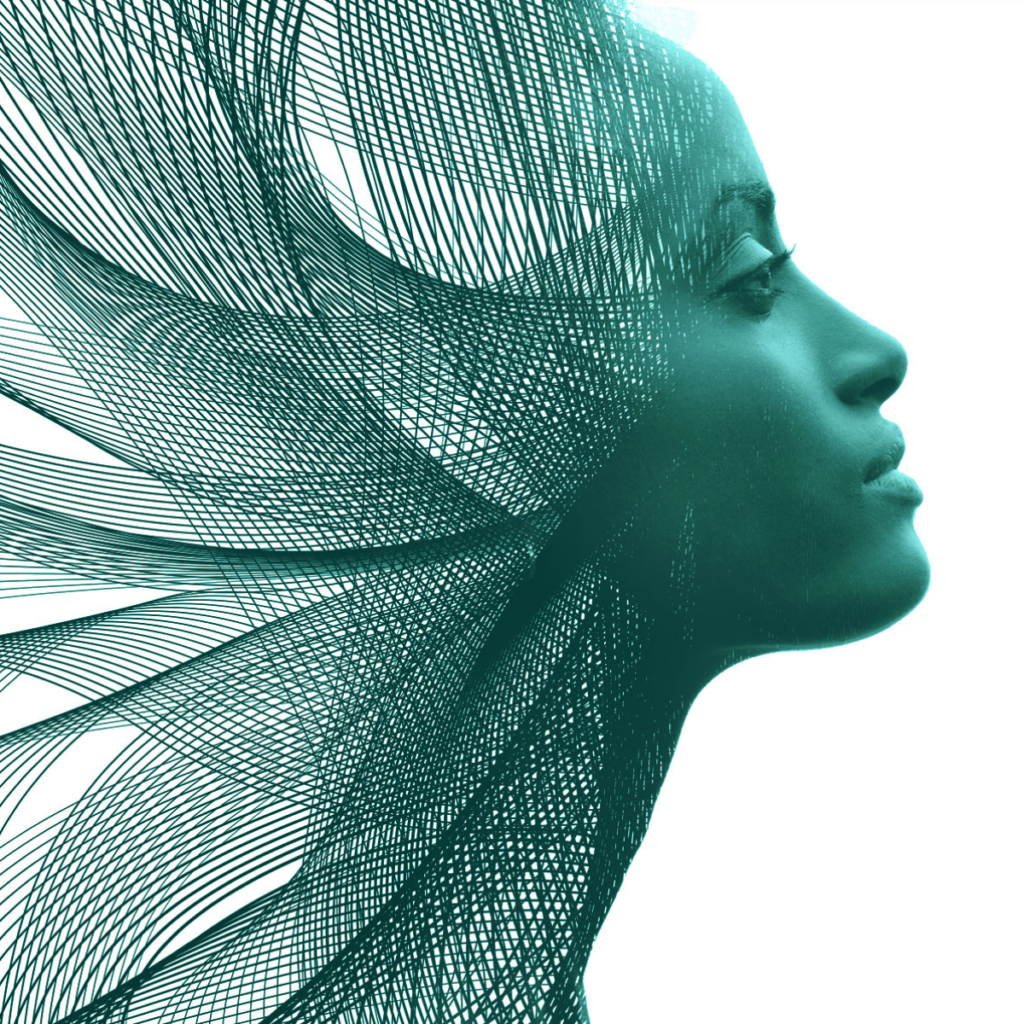
Which buzzwords are filling up your LinkedIn feed right now?
Here’s one that’s filling up ours: neuroaesthetics. This (admittedly grandiose) word comes from the world of neuroscience, which frankly, is where any self-respecting B2B buzzword originates these days.
While it isn’t new, neuroaesthetics has been gaining attention of late. And as B2B strategists, we’ve been applying neuroaesthetic principles to communicate our thinking in ways that are more creative, memorable, and emotionally engaging. Which is changing the kind of conversations and relationships we have with clients.
We’re convinced these same principles can work for you. But before explaining how, let’s start with a quick definition…
What is neuroaesthetics?
Essentially, neuroaesthetics describes an area of neuroscience interested in how our brains respond to aesthetic beauty. That might involve a work of art, a favorite piece of music, a sigh-inducing sunset, or even a mathematical formula.
By placing subjects in FMRI scanners and showing them various forms of art, researchers have found that certain parts of the brain light up — including the rational prefrontal cortex and emotional limbic systems. Essentially, the subjective ‘feelings’ of wonder and awe that we all experience can be directly observed and measured.
Now, the skeptics among you might be wondering, what has the perception of artistic beauty got to do with a B2B strategy deck? So let’s get to that.
Turning complex strategies into visual stories.
It’s perhaps easiest to imagine how neuroaesthetics can be applied at the level of creative execution. A beautifully designed logo, website, or brand campaign that uses visually arresting imagery to elicit an emotional response in the audience.
But what about strategy?
This is arguably where neuroaesthetics has huge untapped potential, because it’s the place where our clients have gut reactions and form early opinions about the work to come. There’s an emotional context at play here that sets the tone for everything else that follows.
So as strategists, it’s an opportunity to bring our thinking to life by telling more compelling visual stories. This includes how we showcase our market research, audience personas, suggested deliverables, and campaign narrative.
If we tell these stories in the right way, if we do it consistently in an ‘always-on’ manner, we can articulate our ideas with greater clarity and imagination. Which in turn, leads to more fruitful conversations with clients who feel genuinely inspired.
Stepping inside The Content Universe.
No doubt you’ve seen the exact opposite of what we’ve just described — multi-page strategy decks stuffed to the gills with bullet points, acronyms, confusing flowcharts, and uninspiring images intended purely to fill white space.
It’s not pretty or helpful. So what’s a better approach, beyond obviously avoiding these kinds of soul-destroying presentations?
At Ledger Bennett, our strategy team has used neuroaesthetics to create something we call The Content Universe (credit to Lisa Skinner at GE Vernova who came up with an earlier version of this idea).
It’s a visual representation of where different types of content (represented as planets) sit within the customer journey (or universe). Different pieces of content occupy different ‘zones’, which helps our clients understand our overarching strategy and how everything fits together.
Now, is it a work of artistic beauty? That’s perhaps a stretch. But it does serve as a helpful narrative device that articulates the potentially confusing or abstract with a relatable visual metaphor.
Start with beauty in mind.
The wild success of platforms like Instagram and TikTok proves the power of the aesthetic. We’re all visual creatures. And it’s a mistake to think this evolutionary trait is somehow abandoned when we make contact with the land of B2B. Because it just isn’t.
As marketers, having the intention of creating more beautiful work is never a bad place to start. It’s a gateway to sharper thinking and simplicity, a device that forces you to chip away at the unnecessarily complex and distracting.
If you’re looking for inspiration, we highly recommend checking out the website Information is beautiful. It shows how even the most esoteric topics can be sumptuously visualized.
And that’s it. So, next time you’re mapping out a strategic vision, before getting lost in the details, why not start with beauty in mind?